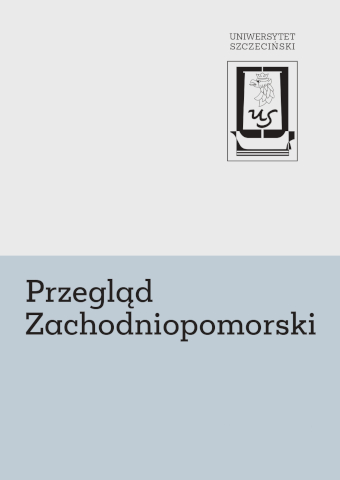| 1. | Agawa H., Shinban Yamamoto Isoroku, Tokio 1969. |
| 2. | Bennett J., Hobart W.A., Spitzer J.B., Intelligence and cryptanalytic activities of the Japanese during World War II, Walnut Creek 1986. |
| 3. | Chapman J., The Price of Admiralty, Sussex 1984. |
| 4. | Hinsley F.H., British Intelligence in the Second World War, London 1971. |
| 5. | Hosoya C., Nihon no Eibeikan to Senkanki no Higashi-Ajia, Tokio 1982. |
| 6. | Dull P.S., A Battle History of the Imperial Japanese Navy 1941–1945, Annapolis 1978. |
| 7. | Kotani K., Japanese Intelligence in World War II, Oxford 2009. |
| 8. | Kotani K., Japanese Intelligence in WWII: Successes and Failures, „NIDS Security Reports” 2009, No. 10. |
| 9. | Lamont-Brown R., Kempeitait – japońska tajna policja, Warszawa 2004. |
| 10. | Lebra J., The Indian National Army and Japan, Singapore 1971. |
| 11. | Lutton C., Pearl Harbor: Fifty Years of Controversy, „The Journal of Historical Review” 1991, vol. 11 (4). |
| 12. | Madej V., Japanese Armed Forces Order of Battle, 1937–1945, Allentown 1981. |
| 13. | Mader A.J., Old Friends, New Enemies: The Royal Navy and the Imperial Japanese Navy, vol. 2: The Pacific War, Oxford 1990. |
| 14. | Onodera Y., Barutokai no Hotori nite, Tokio 1986. |
| 15. | Sanematsu Y., Joho Sakusen ni Tsuite (Zenhso), Tokio 1972. |
| 16. | Sanematsu Y., Nichibei Joho Senki, Tokio 1980. |
| 17. | Sasamoto T., Tomb Inscription of Allied Prisoners of War, Tokio 2004. |
| 18. | Smith M., The Emperor’s Codes: Bletchley Park and the breaking of Japan’s secret ciphers, New York 2000. |
| 19. | Stobie J.R., A Reappraisal of U.S. Intelligence Prior to the Pacific War, Kansas 2007. |
| 20. | Tajima N., Nachizumu Kyokuto Senryaku, Tokio 1997. |
| 21. | Ward Fay P., The Forgotten Army: India’s Armed Struggle for Independence, 1942–1945, Ann Arbor 1995. |
| 22. | Yoshimura A., Kaigun Otsu Jiken, Tokio 1982. |







